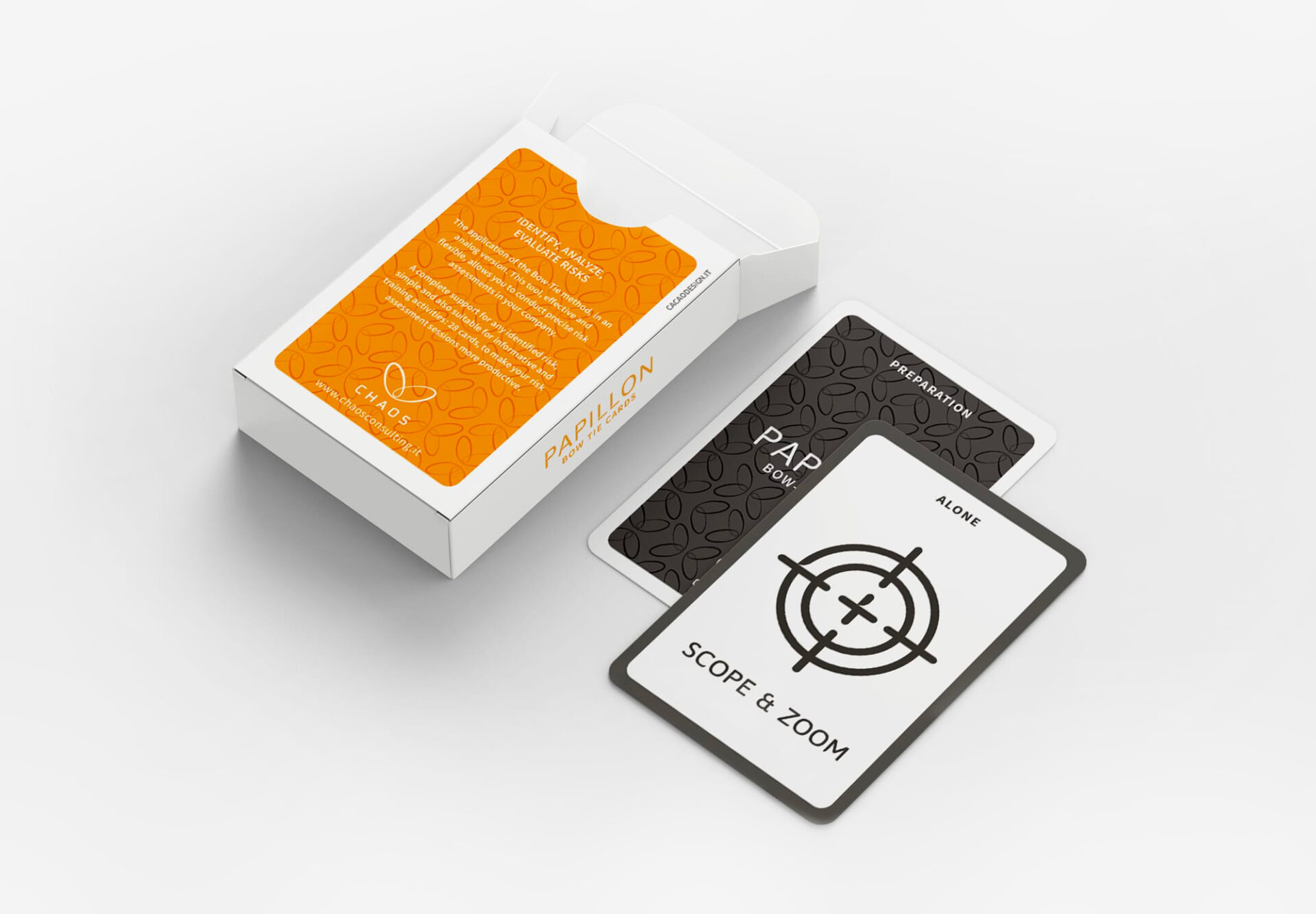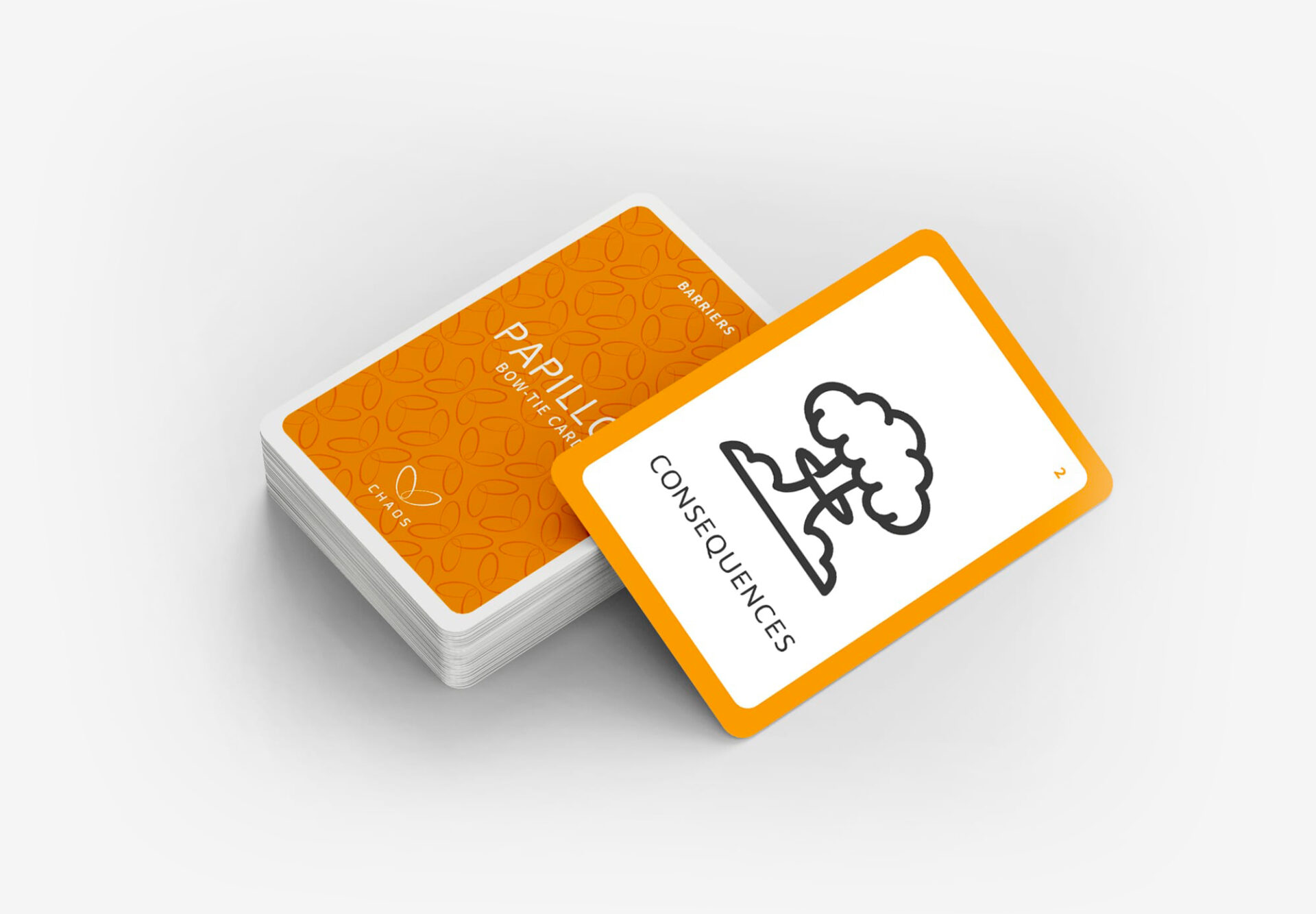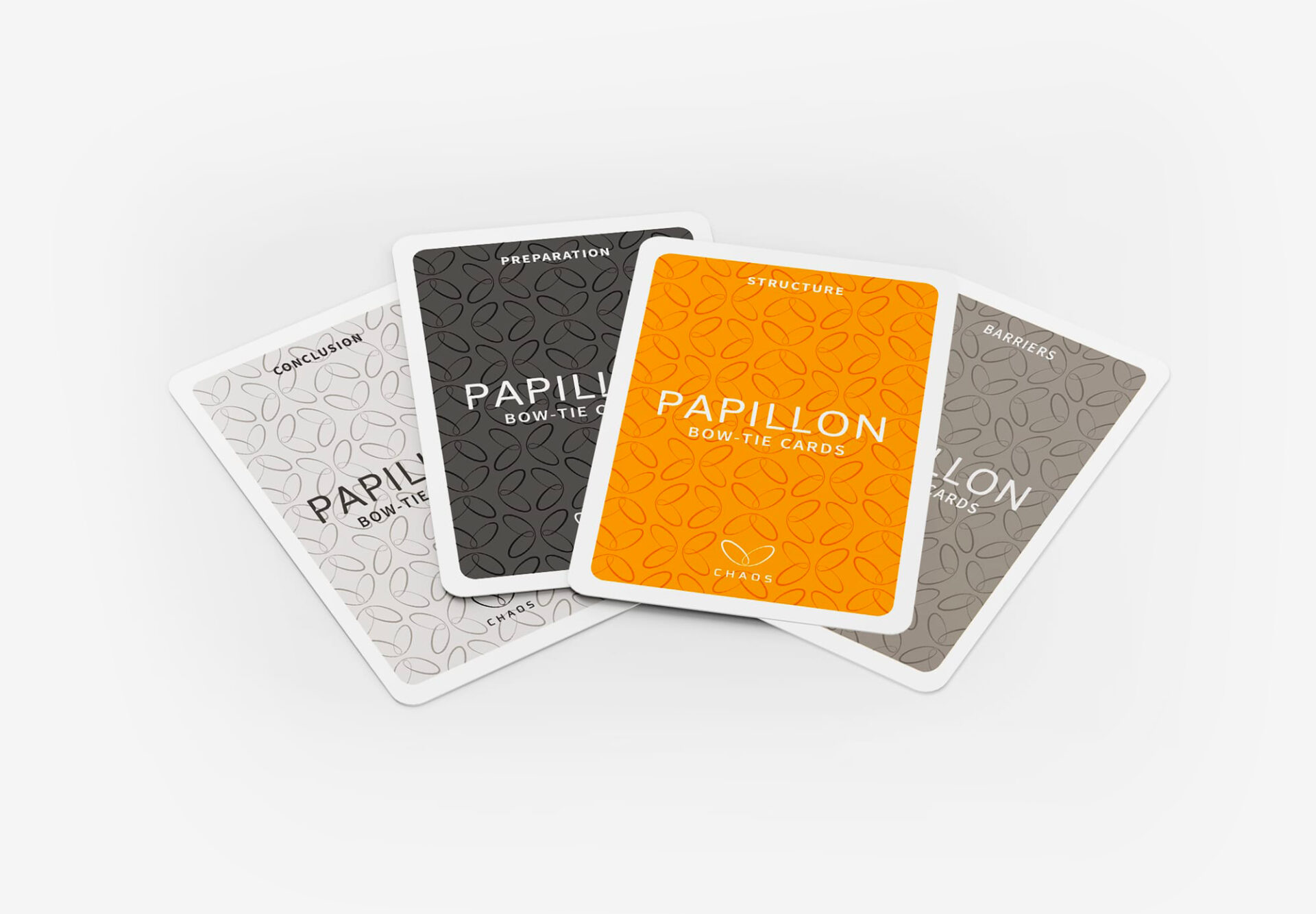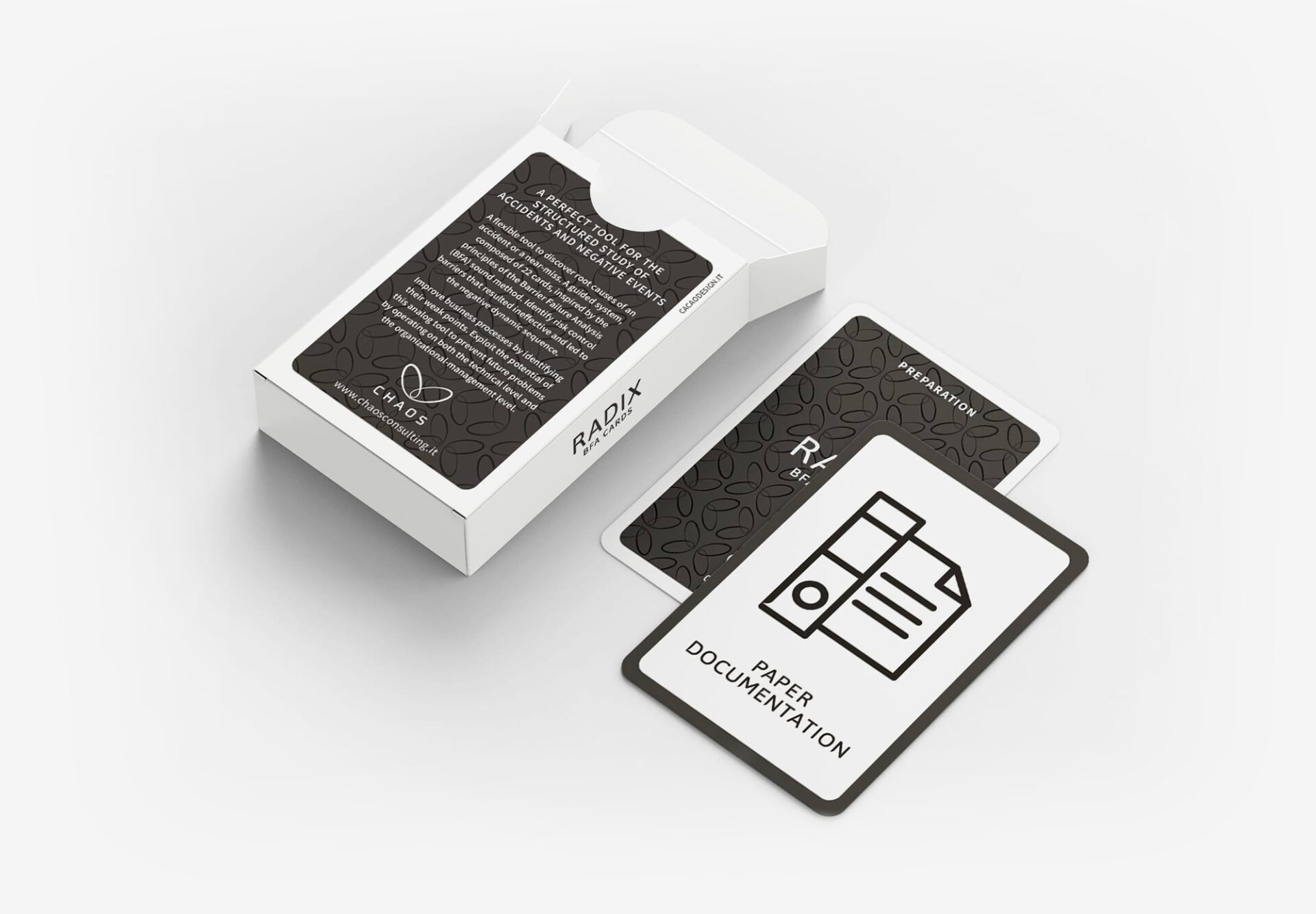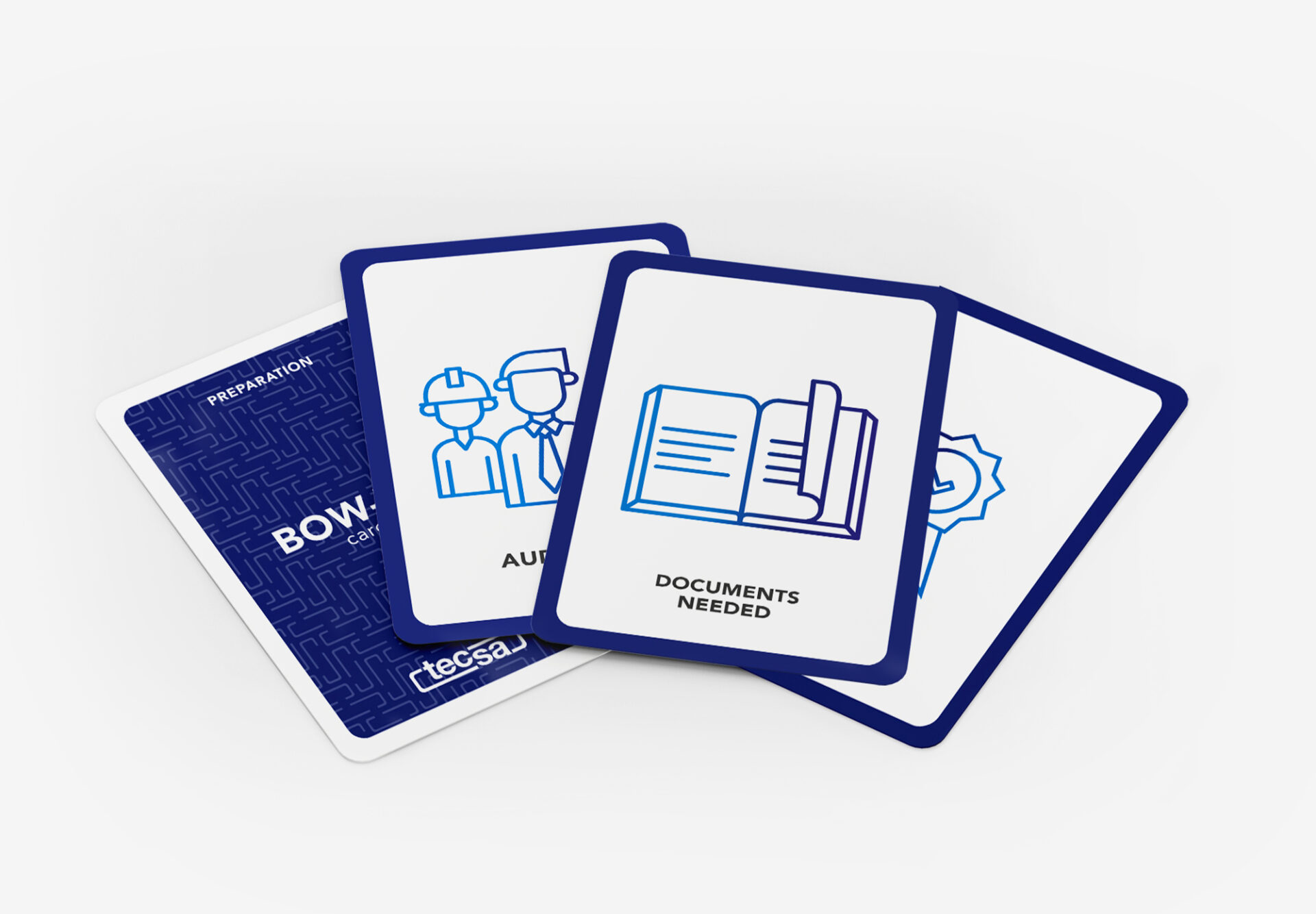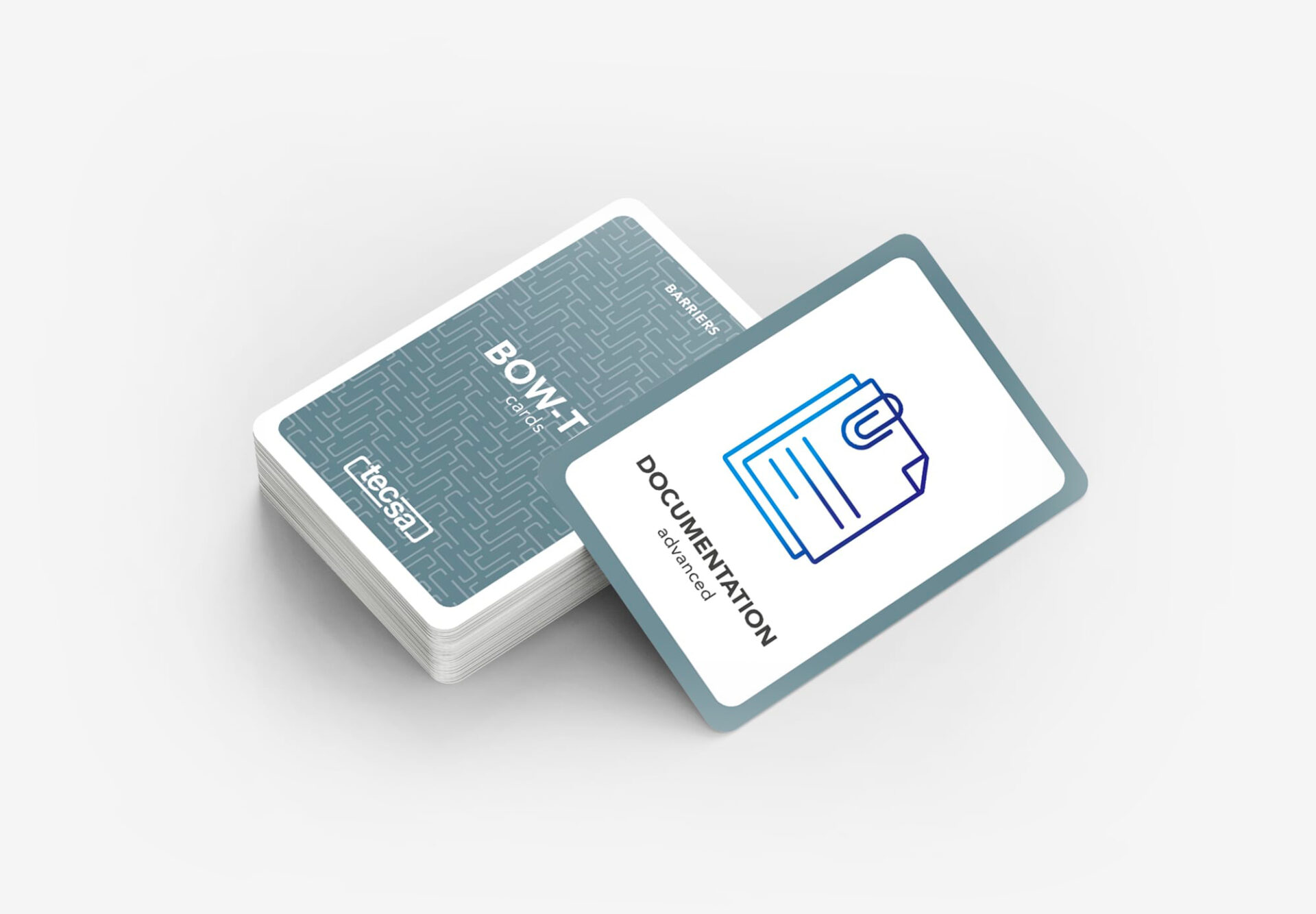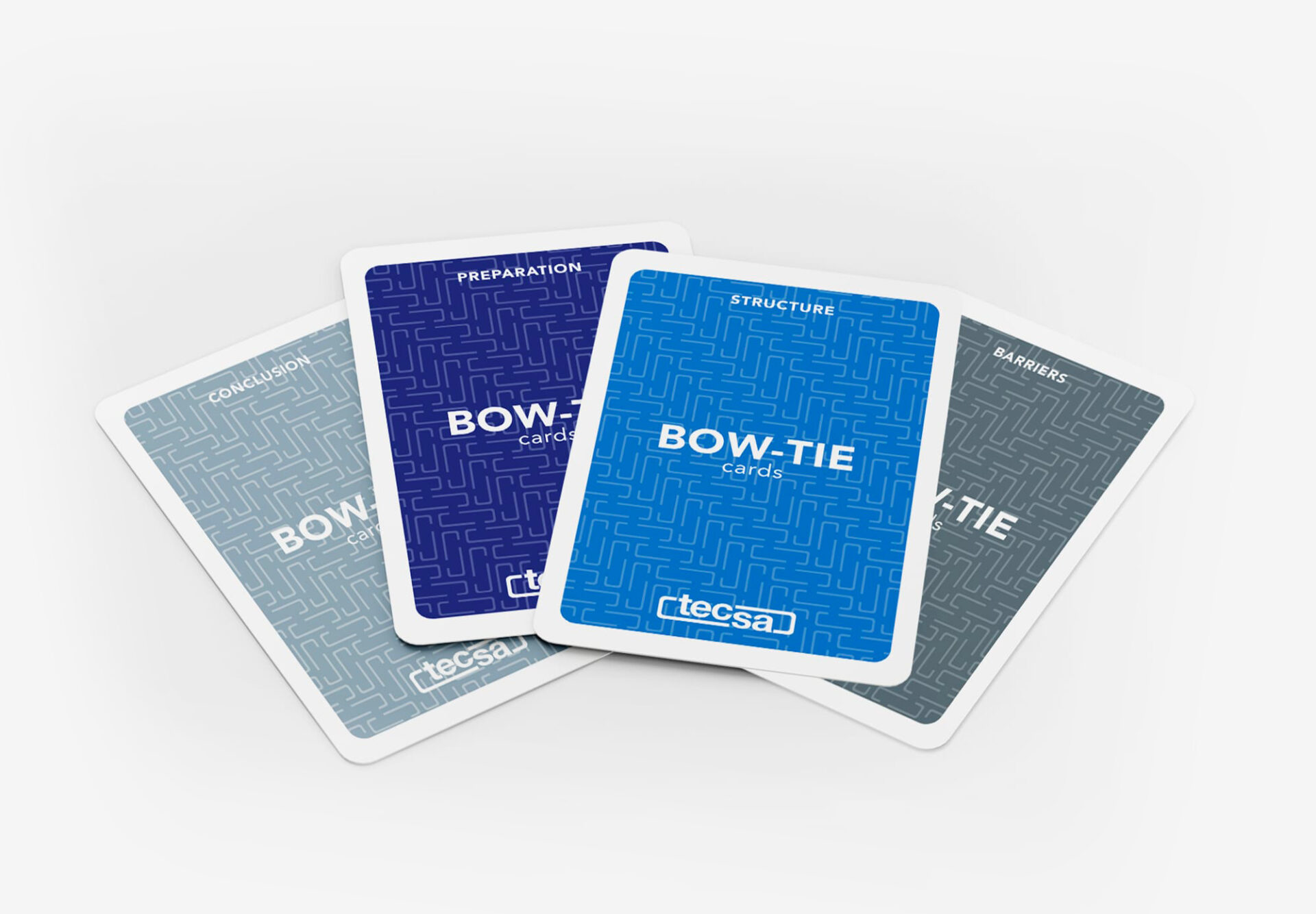Choose the right tool for risk analysis and management.
Identify risks and analyze all scenarios, in any field of activity.

Choose the right tool for risk analysis and management.
Identify risks and analyze all scenarios, in any field of activity.

